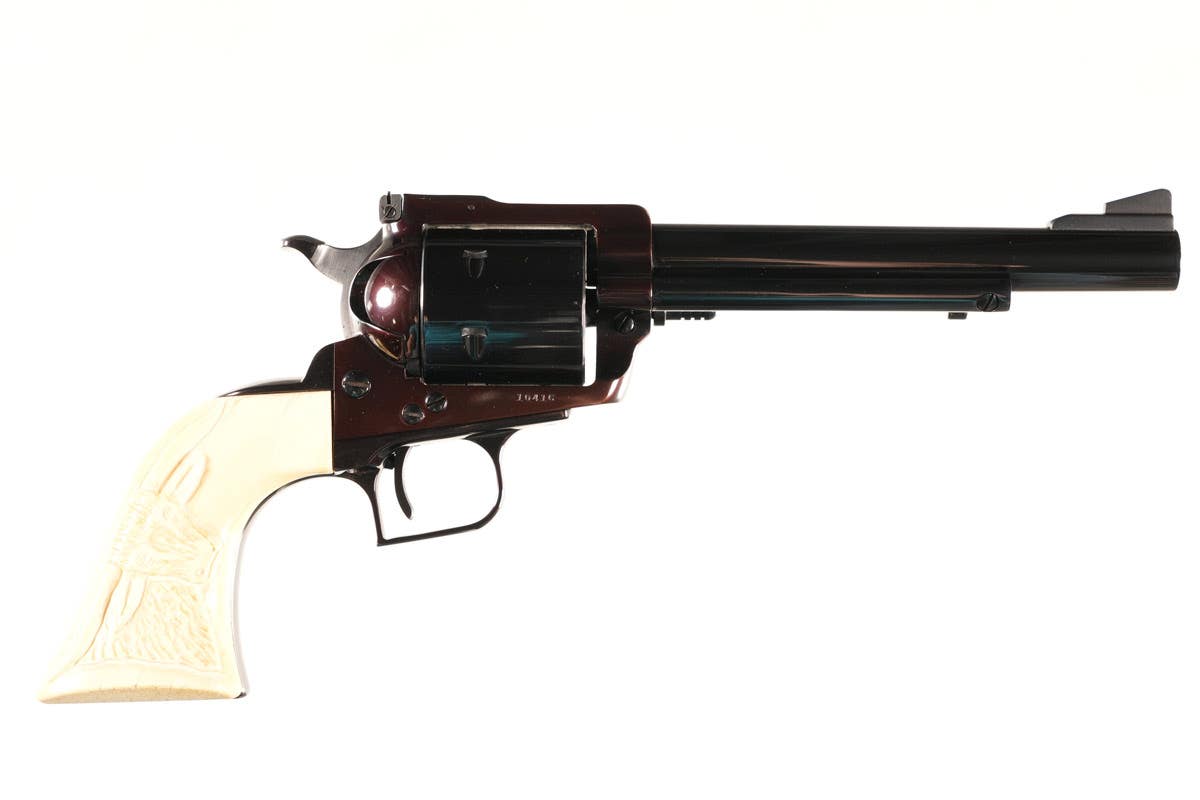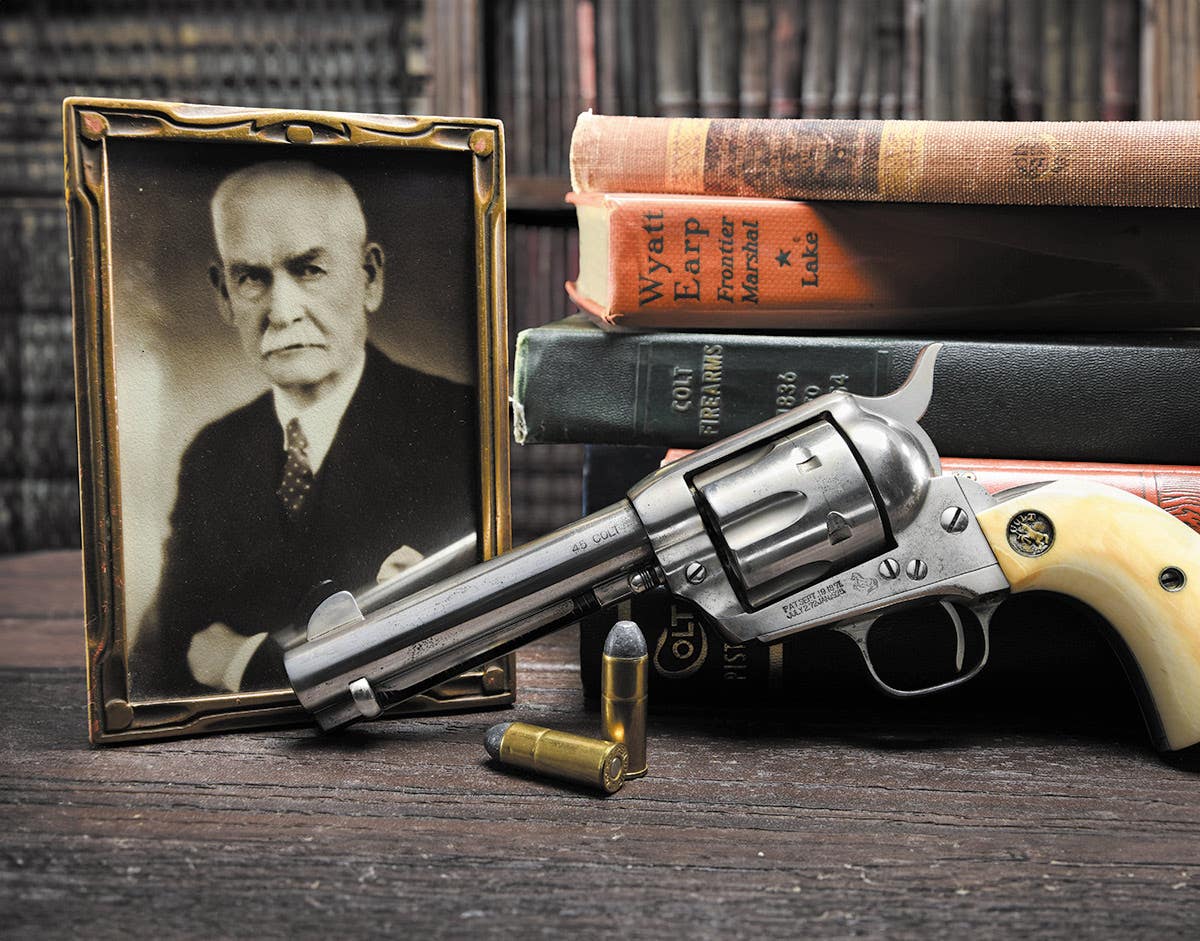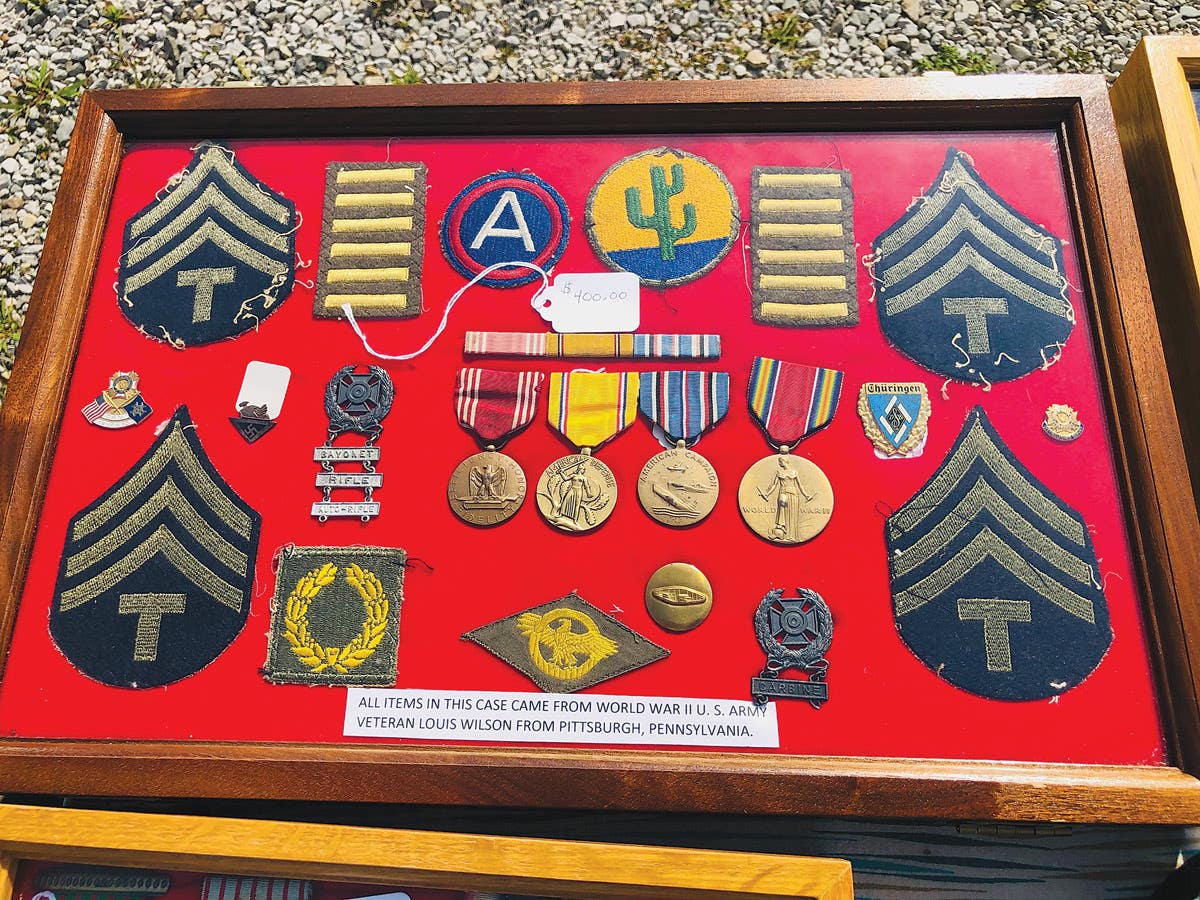Private ownership versus public sentiment
Greetings,Recently, Cowan’s Auction offered a silver tea service salvaged from the U.S.S. Arizona. Even though owner Wes Cowan touted the set as one of the top 10 auction highlights of…
Greetings,
Recently, Cowan’s Auction offered a silver tea service salvaged from the U.S.S. Arizona. Even though owner Wes Cowan touted the set as one of the top 10 auction highlights of 2009 with an estimated sale price of $15,000-$20,000, he bowed to pressure from U.S. Navy lawyers and withdrew the items before the sale commenced.
Let’s look at the facts:
• The items were salvaged during the war by Navy diver Carl Webster Keenum, who apparently kept the items while recovering remains, weapons, oil and other debris from the sunken ship.
• President Dwight D. Eisenhower approved the creation of the U.S.S. Arizona Memorial in 1958. Its construction was completed in 1961 with public funds appropriated by Congress and private donations. The Memorial was dedicated in 1962.
• The Arizona Memorial was listed on the National Register of Historic Places on October 15, 1966. While the actual wreck of the U.S.S. Arizona was declared a National Historic Landmark in 1989, the Memorial itself does not share in this status. Rather, it is listed separately from the wreck on the National Register of Historic Places. The joint administration of the Memorial by the United States Navy and the National Park Service was established on September 9, 1980.
So there you have it...the silver from the Arizona was salvaged by a diver during the War, long before the sunken ship was declared a national cemetery or a memorial. The silver is not unlike most other relics brought home by veterans. It just so happened that it came from a place that later became sacred in our nation’s collective view.
The question that seems apparent is this: “Should private ownership be trumped by popular sentiment?” What if a WWII Jeep found in a barn belonged to General Patton? Should the finder be compelled to hand it over to the government? What if, through research, a gun collector discovers the Colt .45 a soldier snuck into his duffle bag was the pistol Col. James Earl Rudder carried when he led elements of the 2nd Rangers up the cliffs of Pointe du Hoc. Should he be forced to return it to the government? Should souvenirs pulled from a wreck that turned out to be WWI flying ace Frank Luke’s airplane not be allowed to remain in private hands?
The government operates under the thought that they own all of it unless you can prove transfer to private hands. Most collectors quietly acknowledge that proof of transfer from the government is generally lacking on the vast majority of what we collect, but with the lapse of 60 years, the Feds are unlikely to bother coming after anyone.
So why did Cowan pull the silver set? In a statement, Cowan said the gallery had withdrawn the items and urged the Keenum family to donate them to the U.S.S. Arizona Memorial Visitor Center. However, Mr. Cowan is no fool when it comes to business. The potential commission on the sale would be a little over $5,000 (both buyer and seller commissions on the low estimate of $15,000). Surely he considered that amount to be too small to warrant facing the world of fallout had he proceeded with the sale.
Navy spokesman, Bill Doughty, said lawyers were reviewing the matter, explaining that "U.S. Navy craft and their associated contents remain the property of the U.S. Navy unless expressly abandoned or title is transferred by appropriate U.S. government authority." Property rights are established in the U.S. Constitution and international maritime law.
With that sort of comment from the Navy, I can understand why Cowan decided not to fight! But the implications to the health of our hobby are resounding. His recommendation to “donate them to the U.S.S. Arizona” is a slap in the face of all his customers. If the Memorial wants the items, they should have stepped up to the plate and bid just like any other collector.
John Adams-Graf
Editor, MT and MVM
John Adams-Graf ("JAG" to most) is the editor of Military Trader and Military Vehicles Magazine. He has been a military collector for his entire life. The son of a WWII veteran, his writings carry many lessons from the Greatest Generation. JAG has authored several books, including multiple editions of Warman's WWII Collectibles, Civil War Collectibles, and the Standard Catalog of Civil War Firearms. He is a passionate shooter, wood-splitter, kayaker, and WWI AEF Tank Corps collector.







